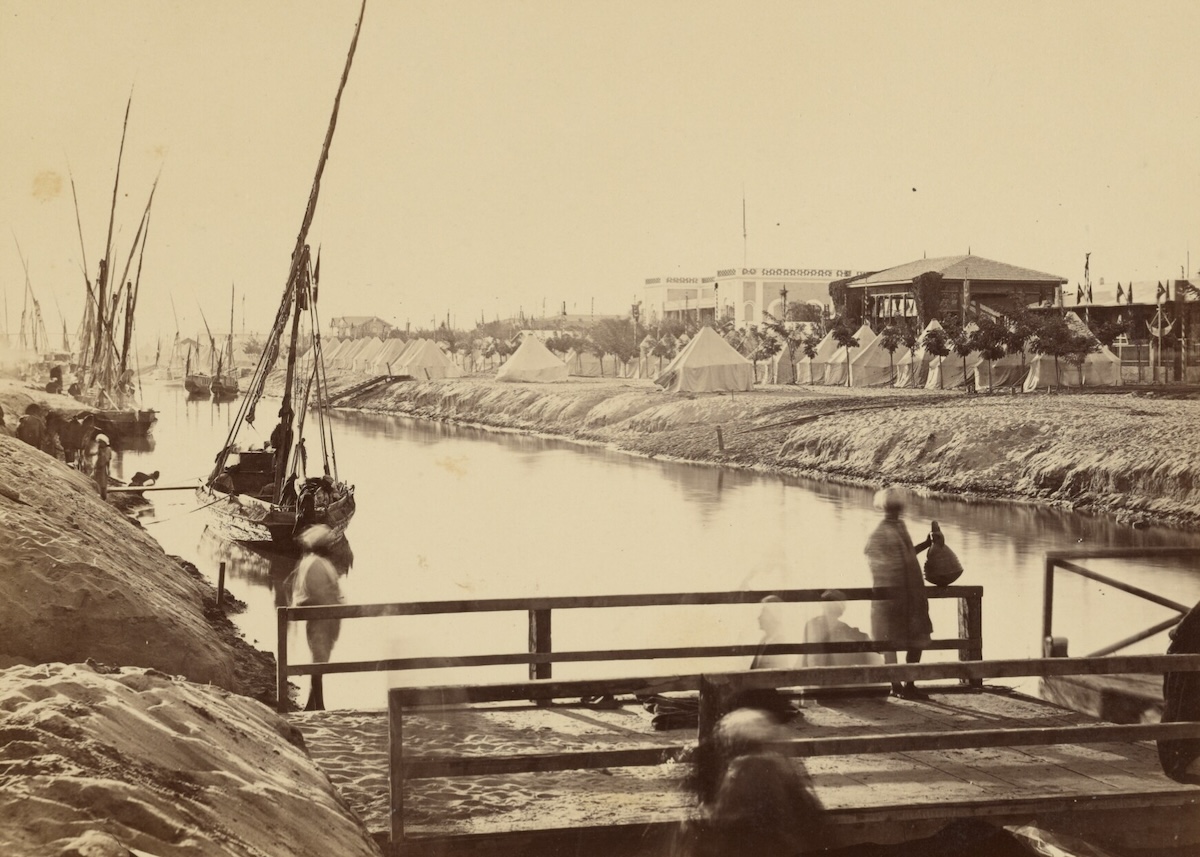The Suez Canal Before the Crisis
When the Suez Canal was opened its creator predicted that he had marked the site of a future battlefield. When Britain occupied Egypt in 1882, it seemed inevitable they would be the ones to fight for it.

When the Suez Canal opened in November 1869, its French creator Ferdinand de Lesseps (1805-94) predicted that he had marked the site of a future battlefield. The first ship to traverse the waterway was French but it was followed by a British vessel, beginning a dominance of canal traffic that would last until the 1950s. As one British director on the canal company, wrote: 'it might be said that the Canal was made for ...[British shipping], as it has an incontestable preeminence upon it.' The Suez route via the Mediterranean became an imperial communications artery, plying trade between Britain and the eastern part of its empire in peace and conveying troops and military supplies in war. From the outset, British governments recognized a vital interest had been created and that their forces must be in the best position to protect it. How Britain established, maintained and finally relinquished its dominance of the Suez Canal are key elements in an equation that mirrors the rise and decline of the British Empire and Britain's claim to world power status, providing the prelude to the denouement of the Suez Crisis.





